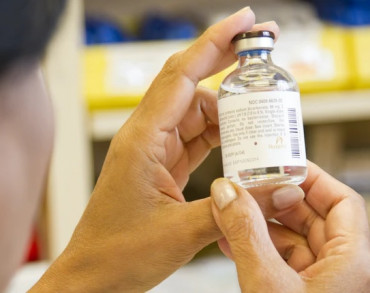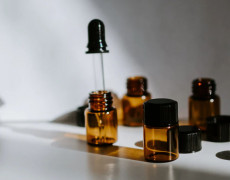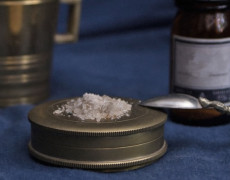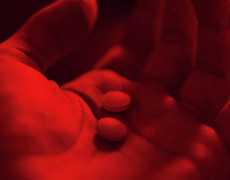What you need to know about ketamine


There has been an increase in ketamine use in New Zealand over recent times. Here’s what you need to know…
KnowYourStuffNZ first observed a notable increase in ketamine across the 2019/20 festival season, with trends suggesting it would continue to increase.
Ketamine is a sedative drug, or dissociative anaesthetic, developed in the 1960s for medical use. It is also known as Ket, K, Special K, VitaminK, or Wonk. It is typically bought as a fine white powder which is usually snorted.
People who take ketamine can experience a sense of detachment from their body and surroundings.
Stay safer by staying informed. Sign up to receive alerts and notifications about any dangerous drugs in NZ straight to your inbox. Check out the alerts page to see what we've already found.
The major effects of ketamine include:
- Feeling bouncy
- Dizziness
- Delusions
- Visual hallucinations
- Vomiting (especially when taken with alcohol)
Higher doses can lead to a ‘K Hole’. This is when someone seems unresponsive, while at the same time experiencing vivid hallucinations.
Effects usually start within 7-20 minutes, peaking between 30-60 minutes, and the after effects can last from 2-12 hours. Ketamine stays in the system after the effects stop, so taking more can lead to stronger effects than expected.
Ketamine is a powerful anesthetic that can cause serious harm. Some of the risks include accidents while intoxicated, dependence, nasal damage, disturbing hallucinations, psychosis, and bladder problems. It can be fatal, particularly if mixed with other drugs.
While no drug use is safe, there are some steps that can help reduce the risks.
- Low doses are safer. The K Hole can be a very disturbing experience, especially if it wasn’t the intended effect.
- When it comes to repeated dosing, Ketamine has a cumulative effect and it is easy to push it too far.
- As always, avoid mixing drugs as the combined effects can be unpredictable and increase risk. Especially avoid mixing ketamine with depressants like alcohol, benzos and opiates, as the combined sedative effect increases the risk of choking, overdose or losing consciousness.
- Regular users experience bladder problems – including UTI’s, cystitis, and a risk of ulcerated bladder. Seek medical advice and do not take ketamine to reduce the painful symptoms.
- Try to use in a safe and calm environment. As with all drugs, it’s better to have people around that you trust and who have knowledge of first aid.
What to do in an emergency
If you think someone is suffering from an overdose:
- Call 111 immediately and ask for an ambulance.
- Don’t panic. Stay calm.
- Keep yourself safe. Watch out for used needles and blood on the bed or floor etc.
- Check if the person is conscious by gently shaking them and calling their name or asking if they’re ok. This may bring the person round.
- If the person does not respond, check whether they are breathing.
- Check their airway. Tilt their head back enough to open their airway. Remove anything from their mouth like food or vomit.
- Are they breathing? Put you ear next to their mouth. Can you feel any breath? Is their chest rising?
- If they are breathing put them in the recovery position.
- If they are not breathing start CPR.
Check out St John’s great first aid guide for dealing with an overdose.
If you have any concerns about your own drinking or drug taking, get in touch with the Alcohol Drug Helpline Call 0800 787 797, or text 8681, to speak with a trained counsellor – they’ll be able to provide you with helpful information, insight and support. They’re available 24/7, all calls are free and confidential.
Latest News

15 Apr 2024
Thinking of using GBL/GHB?

12 Apr 2024
Ketamine and bladder damage – know the risks

8 Mar 2024
Synthetic cathinones explained

22 Feb 2024
What’s happening with synthetic cannabinoids?

31 Jan 2024
What is tuci?

19 Jan 2024
Answering some common questions about MDMA

10 Jan 2024
Understanding the risks of the comedown

5 Jan 2024
Looking after your mental health

15 Dec 2023
Tips for a safer night out

12 Dec 2023
To mix it is to risk it
